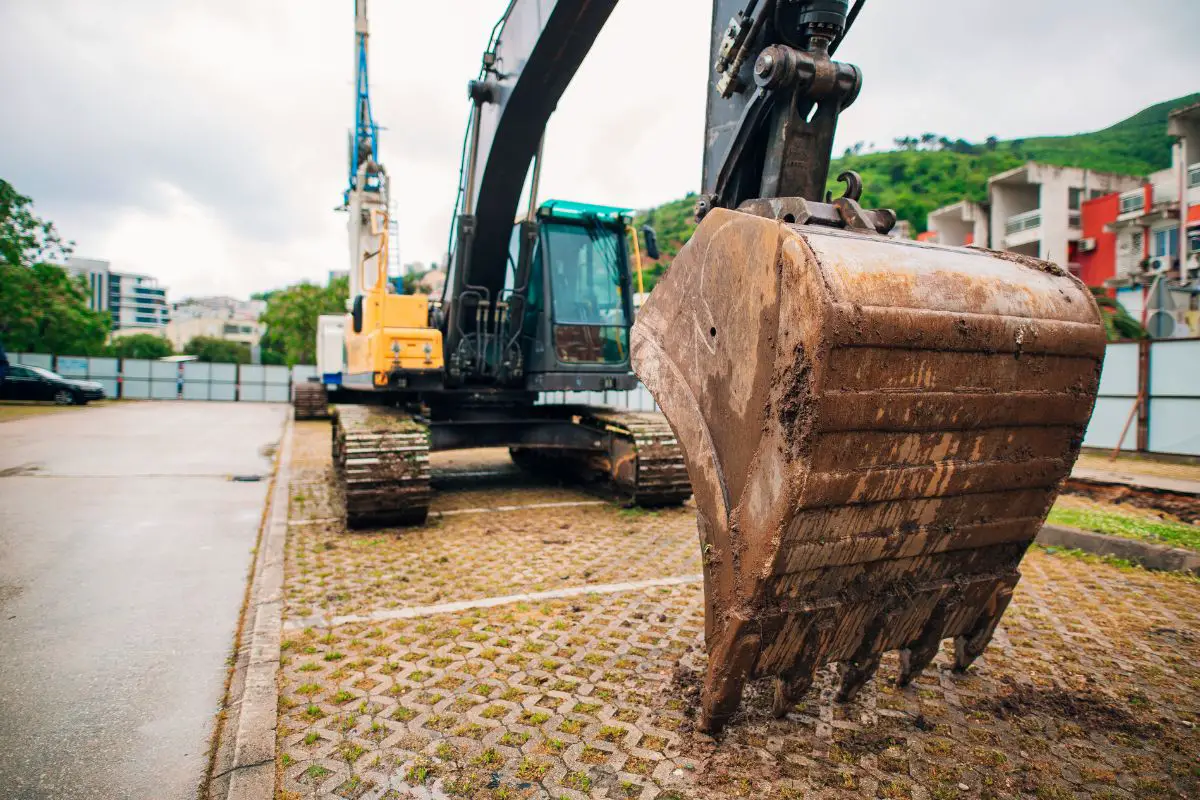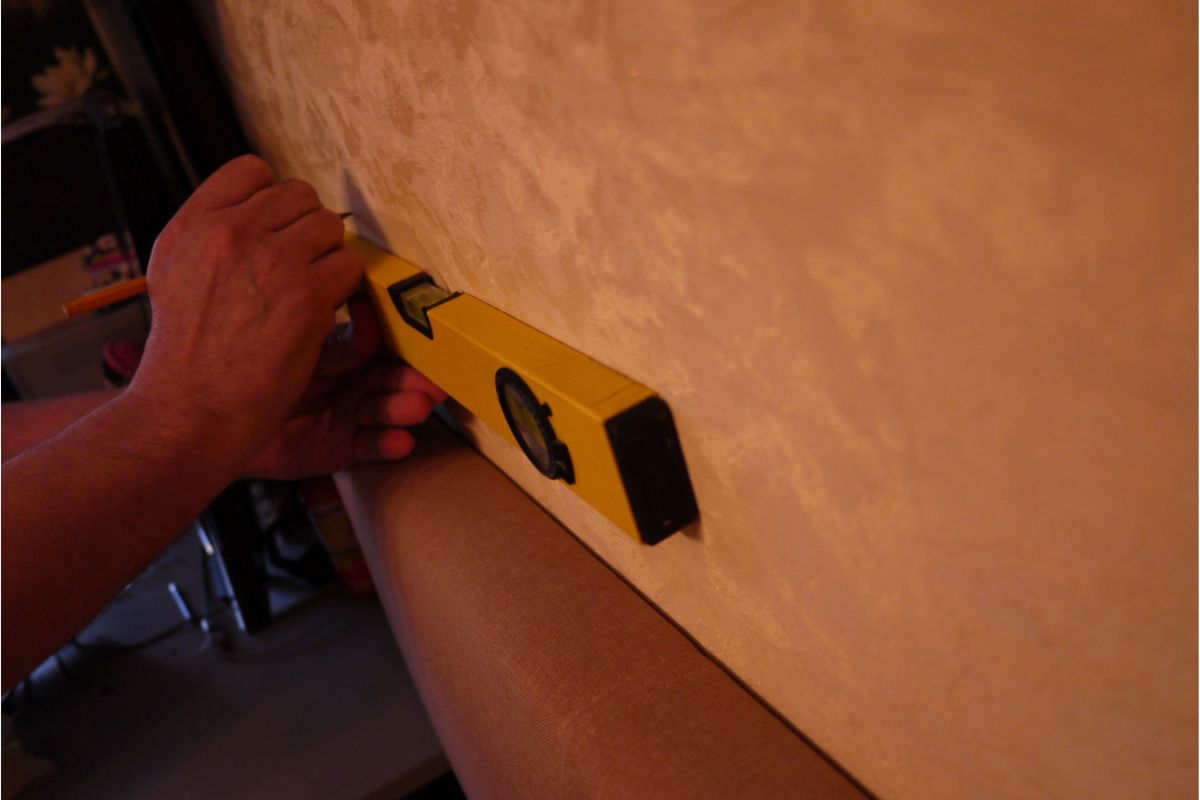Home building, as many of you will already know, is not a simple or straightforward process.
Many people will think that the roof is the most important part of home building as it is the protective structure from things like rain and snow.

However, the soul of the house is not necessarily the roof – but rather the foundation. If you have a weak foundation, you will notice a very quick deterioration of the house from the inside to the outside.
But there are many more reasons why excavation is a vital step in home building – and we’ve got all of them in this handy guide. We’ll tell you why excavation is crucial in home building along with some other helpful tips.
Ready to learn a lot more? Then read on for the answers to your questions!
The Importance Of A Foundation When Building A Home
As we mentioned, the most critical part of building a home is the foundation.
For the rest of the home, easy steps can be taken to repair or replace things that need it – but if the foundation is poorly constructed, it can lead to a plethora of problems down the road.
So, we’ll kick off our guide by looking at the main reasons you need to pay close attention to the foundation and its process.
Supports The Home
The foundation is what supports the house and if it is not excavated correctly, the house sinks into the soil unevenly, which in turn can damage the house.
This is even more important if you are in places that are prone to floods or earthquakes.
Excavation will take into account what the building foundation requires in terms of the region, the soil, and the overall geology and climate.
Resists Natural Forces
Usually, there are a lot of forces that occur naturally that can affect or impact your home, such as the moisture of the soil, tectonic movements, and temperature.
When your house has a poorly built foundation, these natural forces can crack and eat away at it.
Of course, conversely, if your home has a good foundation, these forces can be resisted and additional movements can be withstood.
Insulation
A foundation isn’t just the house’s support, but it’s also responsible for insulating the rooms when the climate is especially cold.
Indeed, in these areas, the insulation material is added to prevent heat transfer from the outdoors and trap the heat inside.
Resultedly, this can save you some money by keeping you warm inside the home and avoiding spending more on energy costs.
Keeps Moisture Out
One of the biggest benefits of a good foundation is the ability to keep moisture out because this is a huge risk of damage to your home. If not properly drained away, snow, ice, and rain can continue to seep into the soil.
Over time and through expansion, additional pressure can be put onto the foundation and water can begin to pool in your basement, leading to problems like mold.
Therefore, excavation is a critical step here as it will improve drainage and prevent this situation from occurring.
Dissuades Insects
A final point, but still very important, is that a good foundation will prevent insects from living underneath your home.
This of course means there is less chance of a need to get pest control into your home and less chance of termites eating away at your home.
How To Perform The Excavation
As we have shown above, the foundation of your home is absolutely critical to the health and longevity of your house. As a result, the excavation of your home must be done to the highest possible quality.
Therefore, it would be a wise idea for you to contact a professional contractor. However, we will go through some of the most important points for excavation below for you to have a better understanding.

Clean The Site
The first step before any excavation is to ensure that the site is entirely cleared. You need to get rid of any and all large objects such as trees, rocks, etc.
All vegetation should be cut to a manageable height – and it’s imperative that any tree stumps are removed immediately.
If there are any objects or more complex things in the nearby area that need to be removed, you should take note of them and speak with the professional later.
Stake The Site
When you are measuring your home’s dimensions, normally you would place four stakes into the ground which represent the four corners of the home.
You will be staking the home’s foundation which marks where the house will actually be.
Designing The Layout
Once you have your real dimensions, you need to now draft the design of your home. This is where you will devise your plans for things like patios, walkways, planters, and other additional things for your house.
By the time you have finished this step, you will have a clearer vision of how your home will look when it is all completely done.
Preparation For Building
You need to start digging the staked area and add plenty of drainage, along with installing footers around the foundation’s slap. Once this has been done, you will need to dig trenches with drainage pipes built into them.
Gravel is then laid on the ground by professionals, all while ensuring that the surface is completely flat and the drainage system is up to code.
The Bottom Line
Excavation as we have seen is possibly the most vital step in home building. However, to ensure that you do not run into expensive and problematic situations in the future, be sure that you contact a professional contractor to do the job for you.
Good luck with your home!
- What Kind of Room Has No Doors or Windows? - December 1, 2023
- What is a Powder Room? - December 1, 2023
- What Is a Kitchenette: Exploring the Features and Benefits of a Compact Kitchen - December 1, 2023










